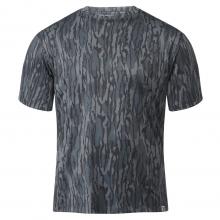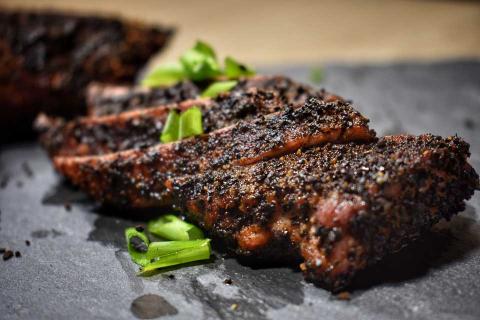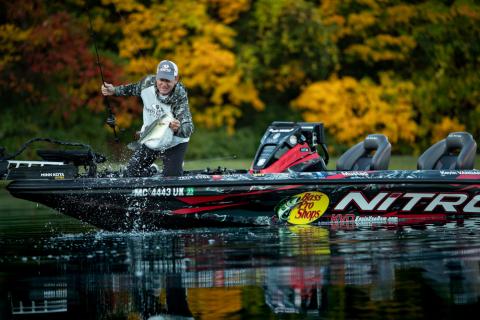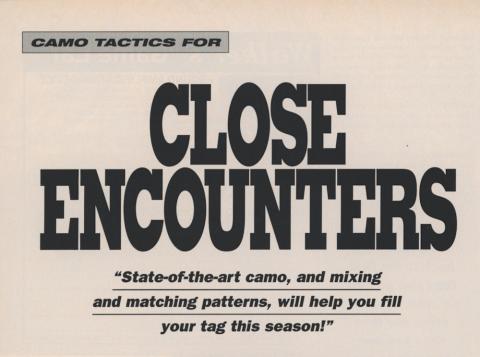Crossbows have been around for thousands of years, with evidence for crossbow use stretching back to ancient Greece and ancient Rome. They’re powerful weapons with distinct advantages. Today, crossbow hunting has several benefits that set it apart from other methods of hunting. This guide can help beginning crossbow hunters get started.
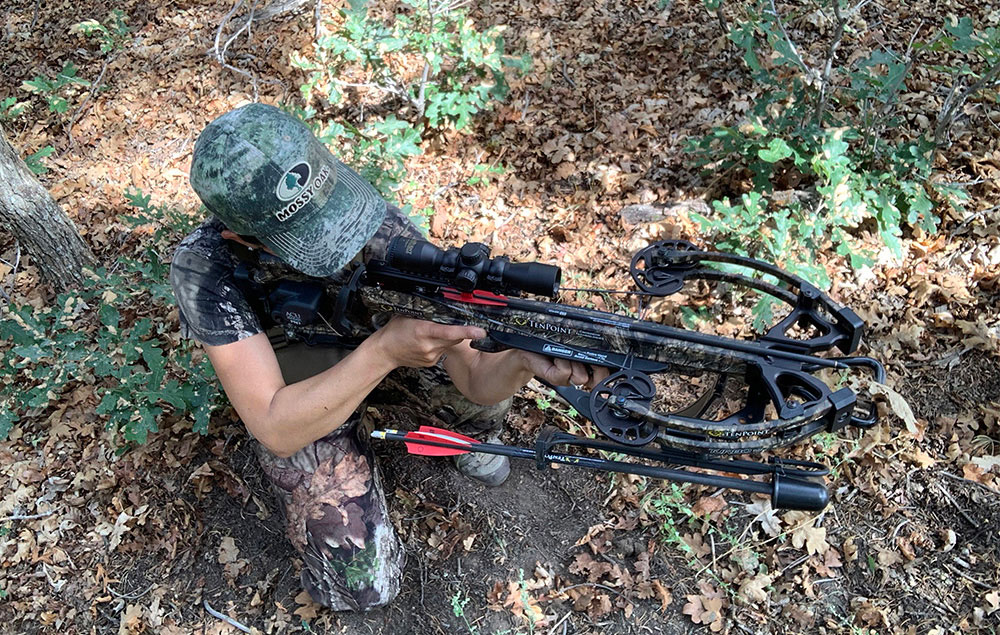
Why You Should Try Crossbow Hunting
You can use a crossbow either during muzzleloader season or bow season. Muzzleloader season refers to using guns loaded through the muzzle. Because muzzleloader guns and traditional bows cannot fire as quickly, these are the first weapons of the hunting season.
When you hunt this early in the year, deer are still living in their natural patterns: gun season hunters haven’t had a chance to make them skittish. This levels the playing field for crossbow hunters and gives you a decent shot at bringing home a prize-worthy game trophy.
Since bow season generally falls in the pre-rut season, male deer will be highly mobile and highly visible, boosting your odds even more. Bow season is also a warmer season than many gun seasons, making it much more comfortable for the hunter.
Due to modern bow mechanics, crossbow hunting doesn’t put the same physical strain on the body that drawing a traditional bow repeatedly does. This means crossbows give wounded veterans, younger hunters, and hunters with disabilities a chance to enjoy the bow season and good venison without the same physical wear and tear from a traditional bow. Use hunting apps to find the perfect spot to try out your new crossbow or ask a friend where they prefer to go each season.
How to Properly Cock and Load a Crossbow
When you get ready to cock and load your crossbow, use the provided cocking device. Using your bare hands will only get you hurt.
One method of cocking a crossbow involves using a foot press bar in the crossbow to stabilize the bow against the ground. Next, feed the cocking device through the track provided. Hook the string through the cocking device groove and use your arms and shoulders to draw the cocking device back until the device clicks. When you hear the click, you know that the safety is engaged. Many bows have a double safety mechanism, which makes them much safer to use up in the trees.
Another popular crossbow cocking device is called an AccuDraw. This device is perfect for younger shooters, for individuals with bad backs, or older shooters. These devices feature a built-in lever. After you click the switch to “disengage,” pull the cocking device from the bow and mount it to the track. Once you’re sure that the string is mounted properly to the track, engage and crank the wheel to cock the bow.
This lever mechanism requires minimal effort and is ideal for individuals who may not have the stamina to pull back a crossbow repeatedly throughout a long day of hunting. The AccuDraw will click to let you know the safety is engaged.
Disengage the lever until the cocking rail can be lifted from the crossbow and stored behind the scope. Stow the lever back in the stock. With either of these options, this cocking action prepares the crossbow for a bolt.
How to Level a Crossbow Scope Reticle
Now that your crossbow is cocked, you’re ready to level the crossbow scope reticle. It does not matter whether you have a gun vice or another object to help you get your crossbow level. Stability and the ability to adjust your crossbow are the most important factors when you’re preparing to level your crossbow scope reticle.
Place a reticle level underneath your crossbow’s scope. Look through the scope and make sure your horizontal lines are in line with the reticle’s horizontal lines. If they are not, loosen your scope mounts and adjust. Leveling your crossbow scope reticle is important because it impacts your windage corrections.
Alternatively, you can use an iPhone’s compass setting to help you determine whether your crossbow is level. Place your phone with the open app directly on top of your crossbow scope and adjust accordingly.
To further enhance your accuracy, make sure your scope is set to your particular bow’s speed. Otherwise, you will lose out on accuracy.
How to Sight in a Crossbow Scope
Once your bow is set up and ready to go, zero your crossbow scope. To do this, set up a target about 10 yards away. Next, take a ten-yard shot against the top reticle in the scope. You may find that you need to make corrections for windage, elevation, or both.
Remove the scope caps and adjust as per the markers. Leave your scope cap off for the next shot, just in case you will need to make more corrections. Cock, load, and fire again, and take note of your current adjustments. Remember that a little off at 10 yards equates to much farther off at 50 yards, so, once you find your correct setting at 10 yards, start to work your way out and continue to adjust your scope as needed.
Finding Your Ideal Crossbow
When you shop for your first crossbow, assess your crossbow hunting goals and needs. Ask yourself the following questions:
- How often will you go out during the season?
- Will anyone else be shooting your crossbow?
- Does anyone else who will regularly shoot your bow deal with any health complications, such as back, elbow, or shoulder problems?
- Are you introducing young shooters to the sport?
This can help you narrow down your crossbow options and find the most suitable crossbow for your needs and goals. After this, you can make a much more informed choice when buying a bow and scope.
Final Thoughts
Crossbow hunting opens up hunting avenues that would otherwise remain unexplored for many. Not only does it connect you with the storied past of the crossbow archers of the Medieval age and with Inuit hunters, but it also allows hunters to enjoy the many benefits of bow season.






